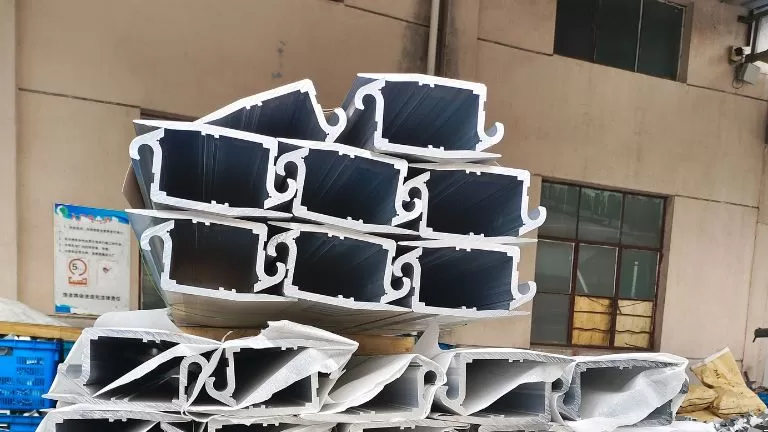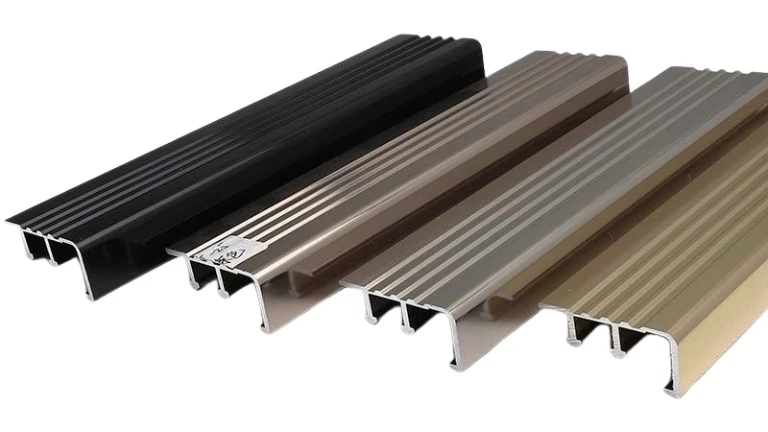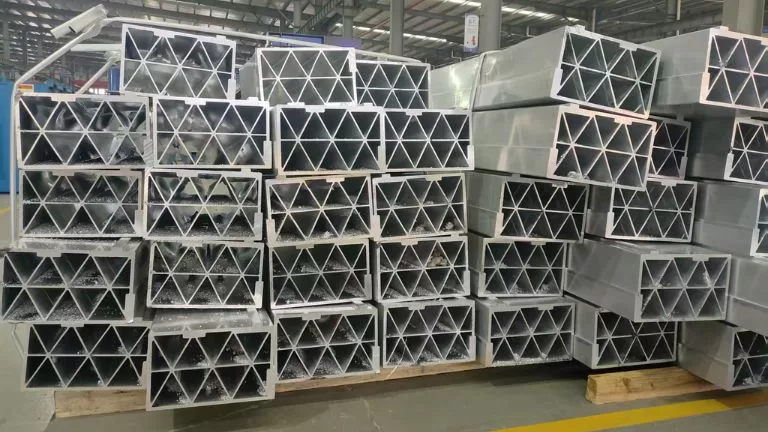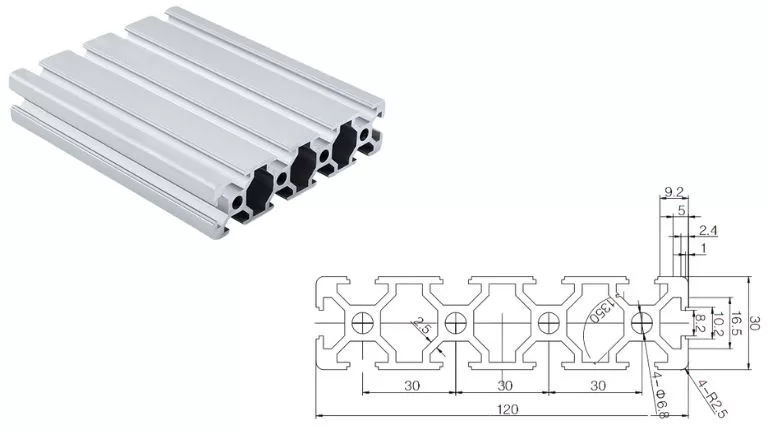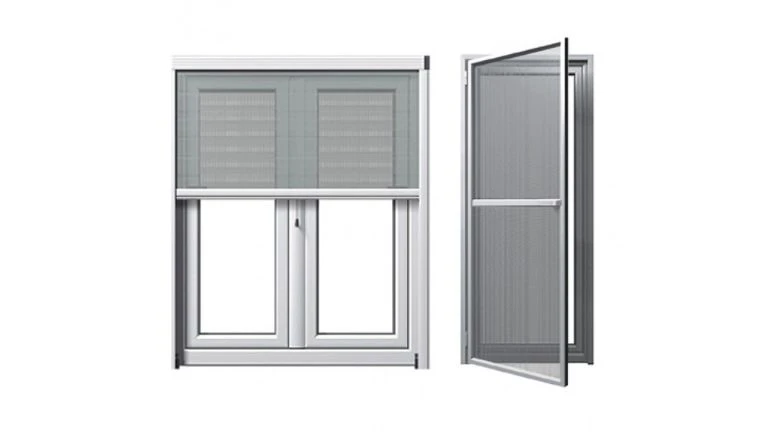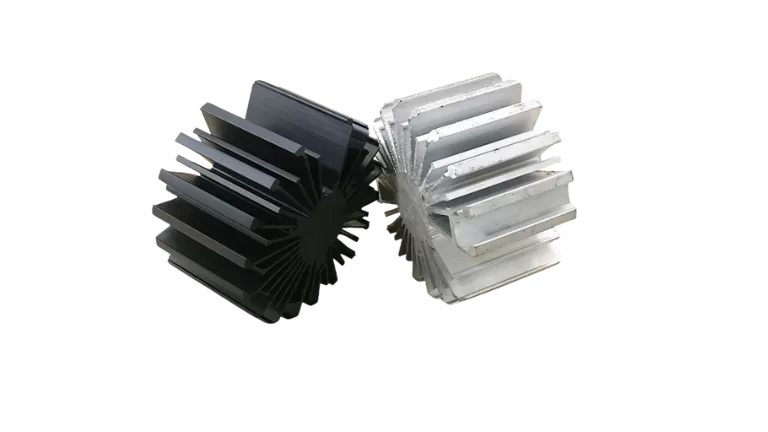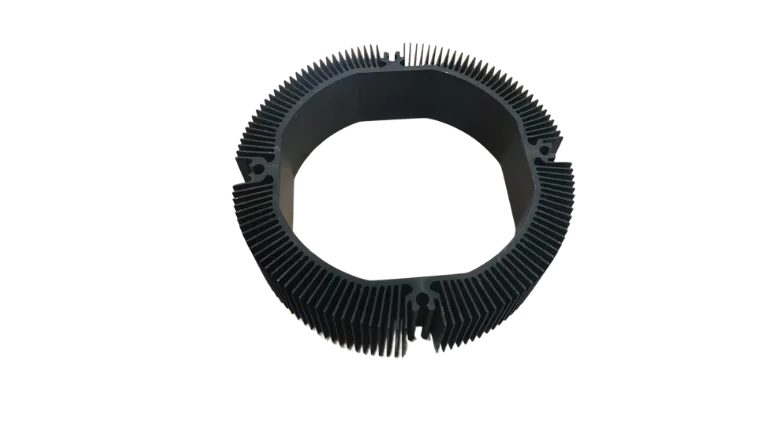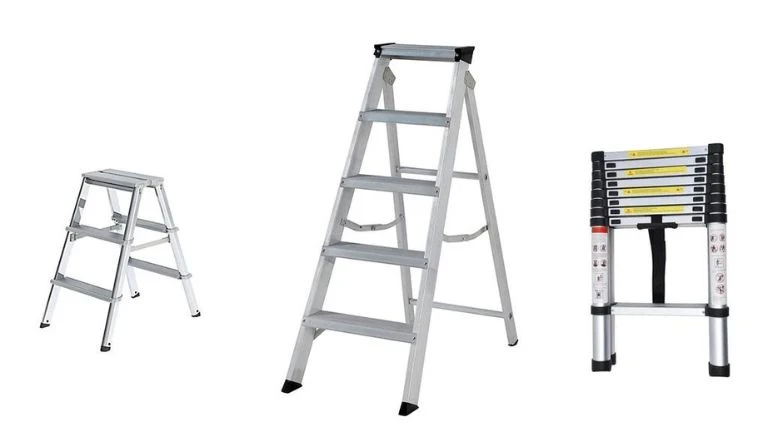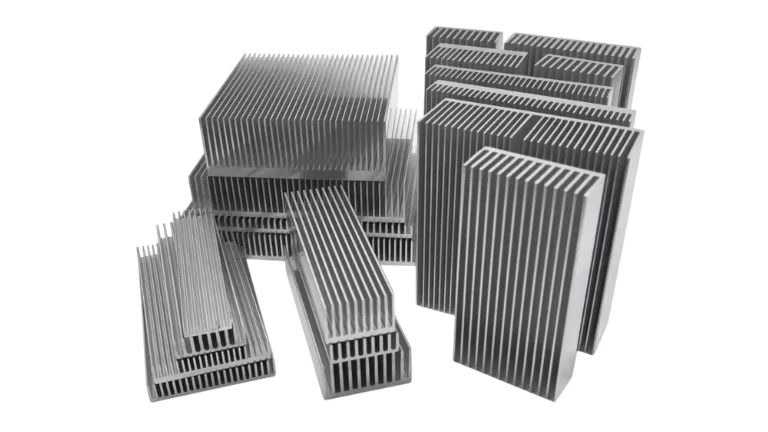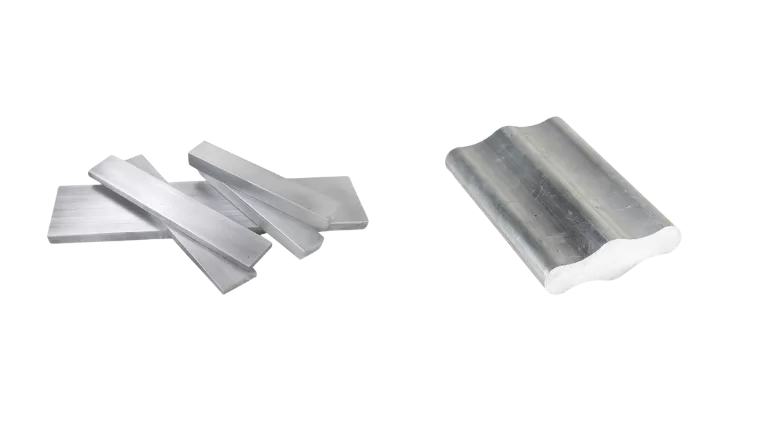Custom Aluminum Picket Railing Solution
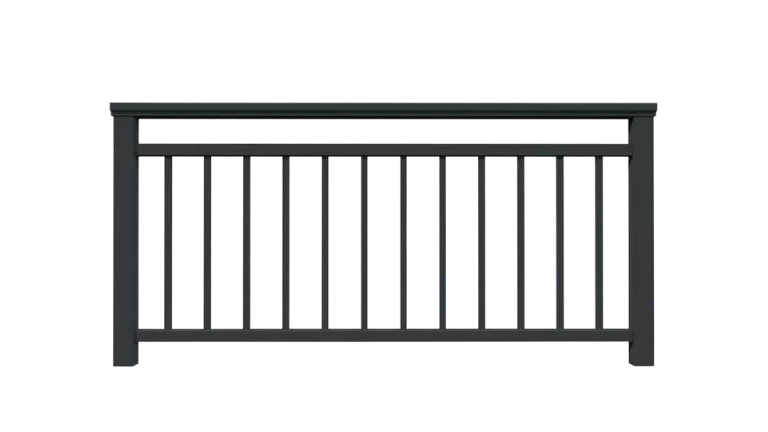
Aluminum picket railing, also known as aluminum spear picket fence, is a railing system primarily made from aluminum alloy, featuring vertically arranged pickets (spear-shaped posts) as the main protective and decorative elements. This type of railing combines functionality, safety, and aesthetics, making it a popular choice for both residential and commercial applications.
Aluminum picket railings are widely used in balconies, terraces, staircases, courtyards, and public areas of buildings. Thanks to the properties of aluminum, these railings are lightweight, corrosion-resistant, and require minimal maintenance. Their modern and elegant appearance not only enhances the overall look of the architecture but also provides reliable safety and boundary protection for various settings.
Classic Style of Aluminum Picket Railing
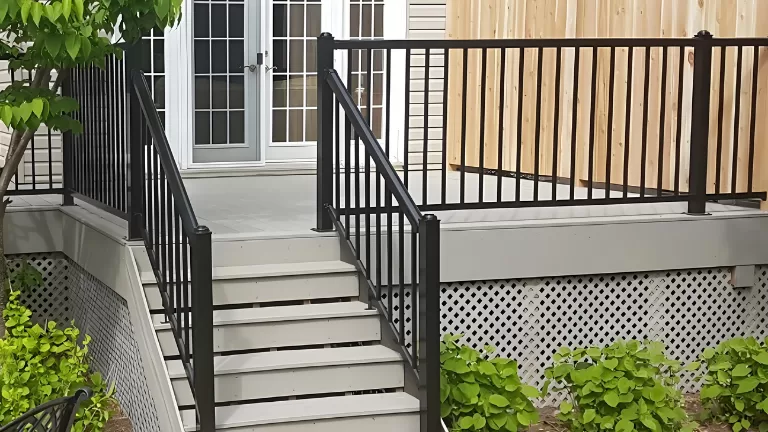
Standard Vertical Picket Railing
The most widely used and classic style, featuring evenly spaced vertical pickets between a top and bottom rail. This clean and timeless design provides safety and complements a wide range of architectural styles, making it ideal for balconies, decks, and stairs.

Double Top Rail Picket Railing
Distinguished by an extra horizontal rail below the main top rail, this style offers additional visual interest and increased structural strength. The double top rail design is not only decorative but also robust, popular in both residential and commercial projects.
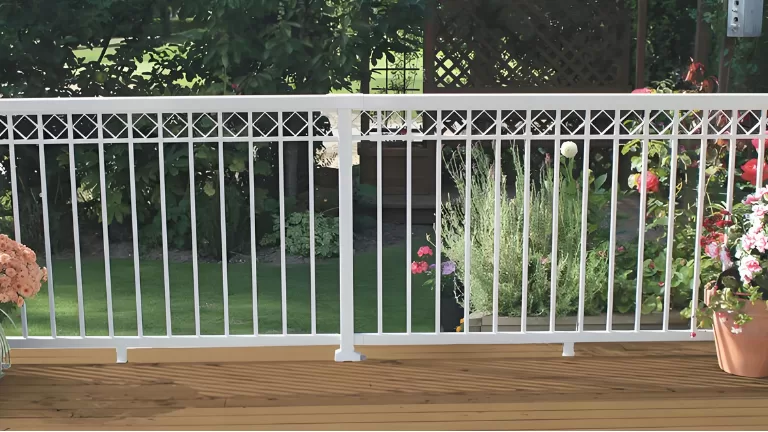
Decorative Picket Railing
This type integrates ornamental features such as scrolls, knuckles, or finials along with the pickets, enhancing the visual appeal and allowing for personalized or elegant installations. Decorative picket railings combine safety with artistic elements and are favored in upscale or customized projects.
Features of Aluminium Picket Railing
Durability
Highly resistant to corrosion, rust, and weathering, ensuring long-lasting performance with minimal maintenance.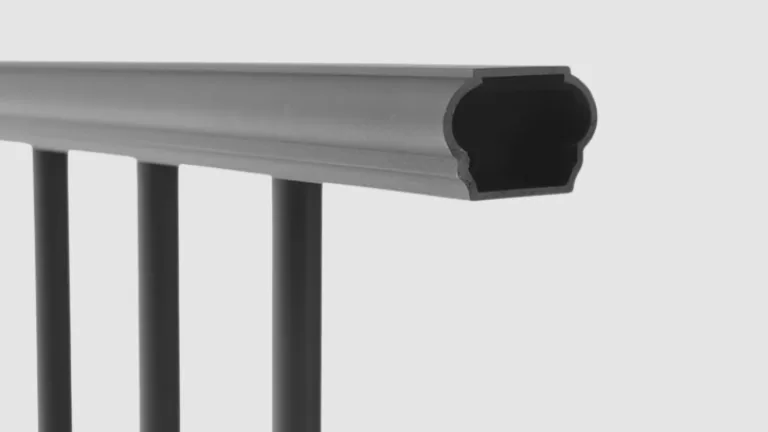
Lightweight
The lightweight nature of aluminum makes these railings easier to transport and install, reducing labor and installation time.

Safety
With their solid construction and high strength, aluminum picket railings provide reliable safety and security for residential and commercial settings.
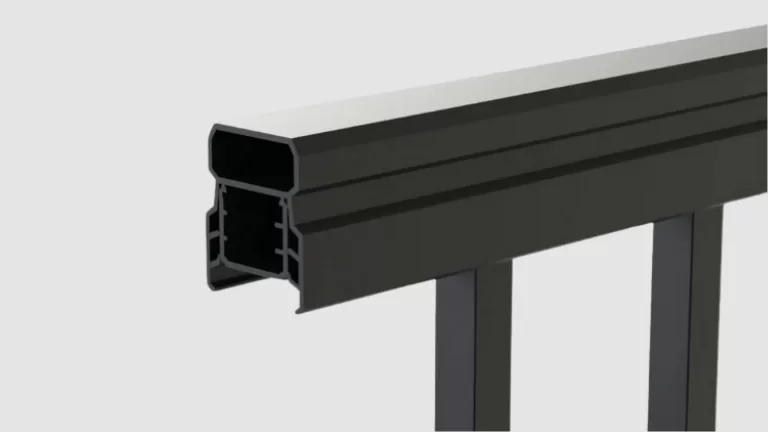
Versatile Design
Suitable for balconies, stairs, decks, and fences, and available in a variety of styles and finishes to match different architectural themes.

Low Maintenance
They require minimal maintenance—no need for regular painting or staining, and cleaning can be done easily with water.

Aesthetic Appeal
The clean lines and modern look of aluminum picket railings enhance the visual appeal of any property, fitting both traditional and contemporary styles.
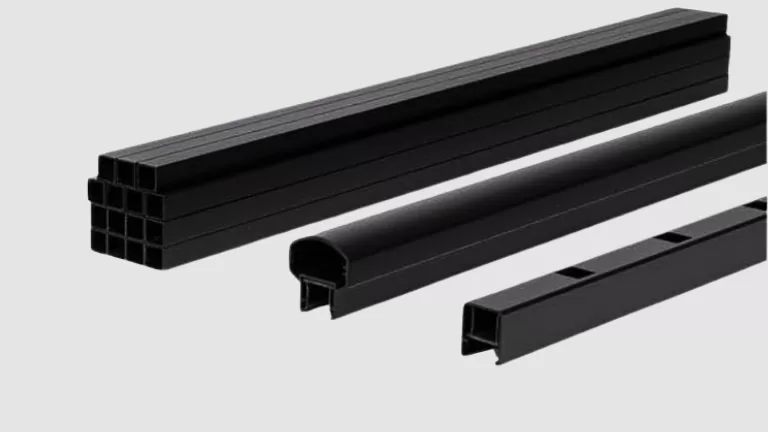
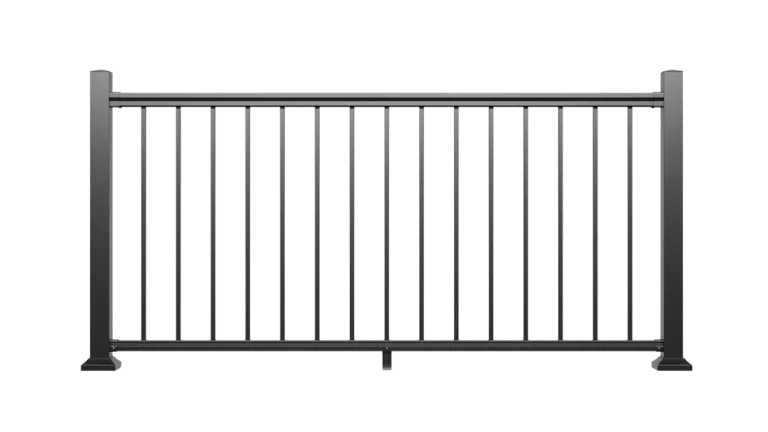
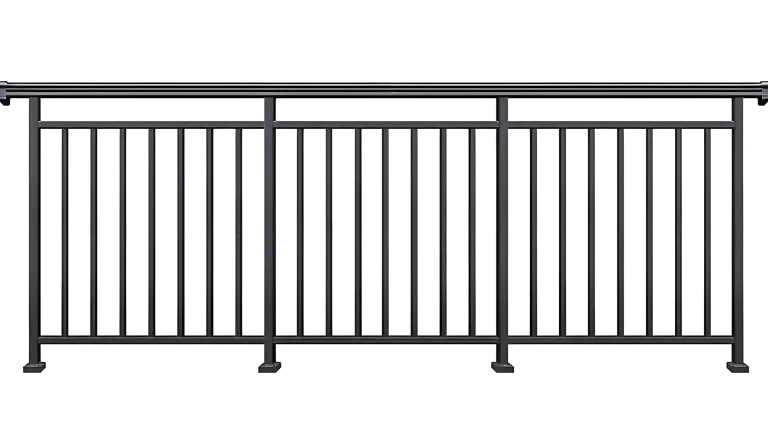
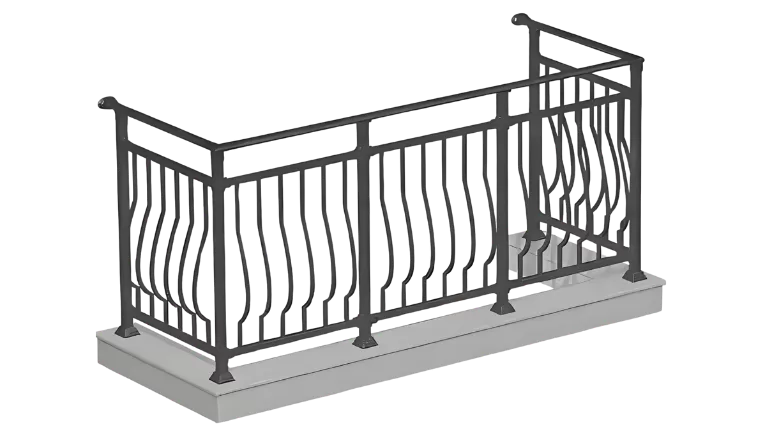
Applications of Picket Railing
Aluminum picket railing is widely used in both residential and commercial settings for safety, security, and aesthetic enhancement.
1. Balconies: Provide safety and an attractive appearance for residential and commercial balconies.
2. Decks: Used around decks and patios to prevent falls and enhance the outdoor space.
3. Staircases: Installed along stairs for safety, support, and a cohesive look.
4. Porches: Enhance the entrance area, adding both security and curb appeal.
5. Fences: Serve as perimeter fencing for yards, gardens, and properties.
6. Pool Enclosures: Act as protective barriers around swimming pools to ensure safety.
7. Ramps: Offer sturdy railings on accessibility ramps for added support.
8. Commercial Spaces: Applied in shopping centers, offices, and public buildings for functional and aesthetic purposes.
Common Alloys and Tempers for Picket Railings
Most Common Alloy Grades:
- 6061 Aluminum Alloy:
- Widely used for picket railings due to its good mechanical properties, excellent corrosion resistance, and ease of fabrication and welding. Suitable for outdoor and structural applications.
- 6063 Aluminum Alloy:
- Especially popular for architectural railings because of its excellent extrudability and high-quality surface finish. It is often chosen for its appearance and ability to be anodized.
Typical Heat Treatments:
- T5:
- Artificially aged after extrusion, increasing mechanical strength. Commonly used with 6063 alloy.
- T6:
- Solution heat-treated and then artificially aged to achieve even higher strength. Frequently used for both 6061 and 6063 alloys.

Main Components and Accessories of Picket Railing
1. Top Rail:
The horizontal bar at the top of the railing that provides structural support and a finished look.
2. Bottom Rail:
The horizontal bar at the bottom, holding the pickets and adding stability.
3. Pickets (Balusters):
The vertical posts spaced evenly between the top and bottom rails, serving as the primary infill for the railing.
4. Posts:
Vertical support columns that anchor the railing system, typically installed at corners, ends, and intervals along the run.
5. Post Caps:
Decorative and protective covers placed on top of the posts.
6. Brackets:
Connectors used to attach rails to the posts securely.
7. Base Plates (Post Bases):
Plates fixed at the bottom of posts for anchoring to the surface (deck, porch, concrete, etc.).
8. Fasteners:
Screws, bolts, or rivets used to assemble and install the railing components.
9. End/Corner/Line Connectors:
Specialized fittings for connecting rails at ends, corners, or in line.
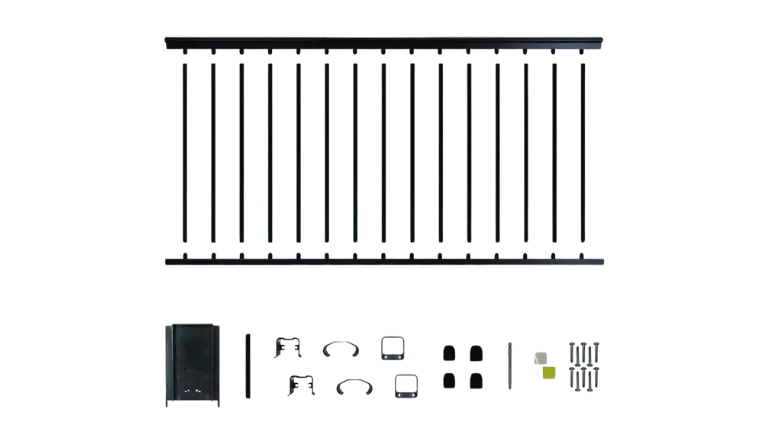
Surface Finishes for Aluminum Picket Railings
Powder coating and anodizing are the most common surface finishes for aluminum picket railing, providing enhanced corrosion resistance, durability, and aesthetics.
Powder Coating:
- The most popular finish, available in many colors and textures.
- Provides excellent durability, UV resistance, and corrosion protection.
- Offers a smooth or textured surface and is highly customizable.
Anodizing:
- Electrochemical process that thickens the natural oxide layer on aluminum.
- Enhances corrosion resistance and allows for a metallic appearance with various color options.
- Commonly used for architectural and decorative railings.
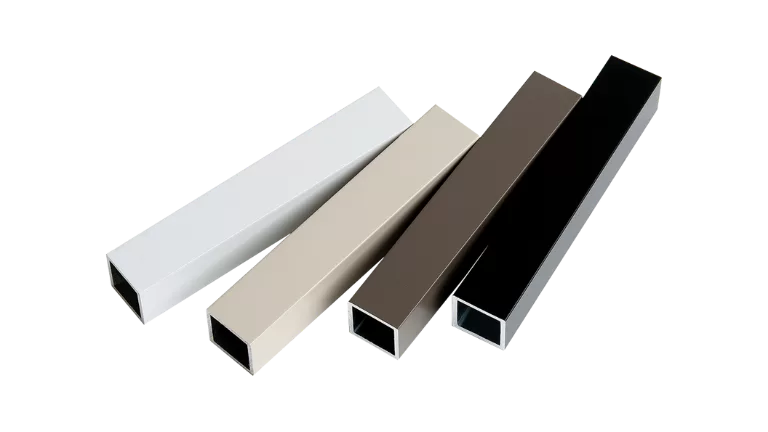
Our Factory
Our facility houses 40 aluminum extrusion lines, allowing us to produce profiles with high efficiency. For surface finishing, we operate an anodizing and electrophoresis unit, as well as both vertical and horizontal powder coating systems (two of each). We also have two sandblasters and six wood grain transfer lines to offer a diverse range of decorative finishes. Supporting our manufacturing process, we maintain casting furnaces for aluminum billet preparation, along with aging ovens, annealing furnaces, water-cooling equipment, and advanced machining tools. These comprehensive resources enable us to deliver consistently high-quality products.
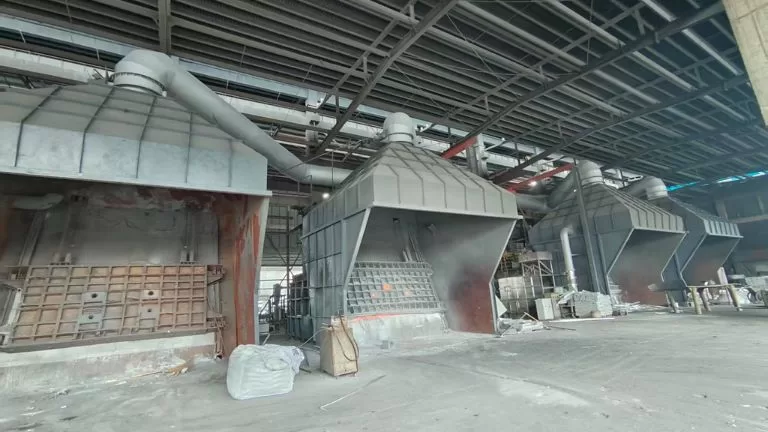
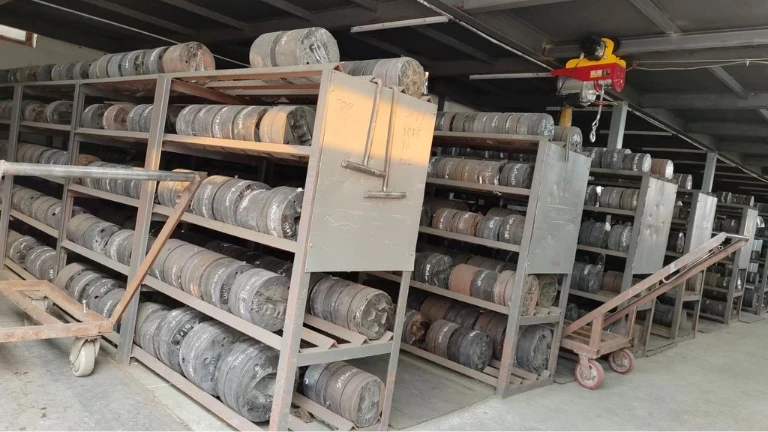

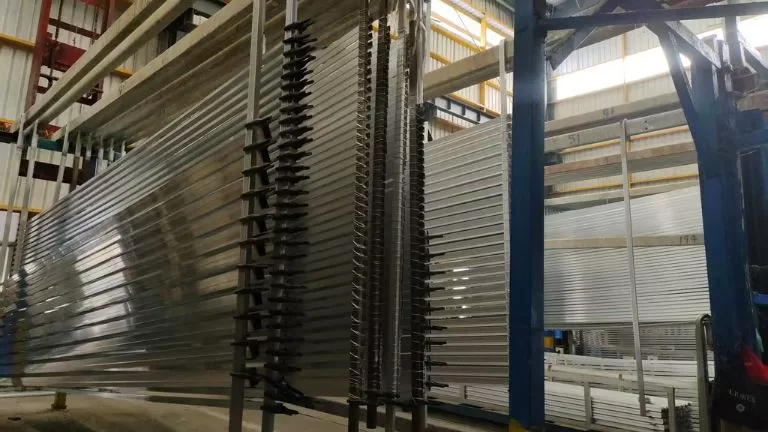
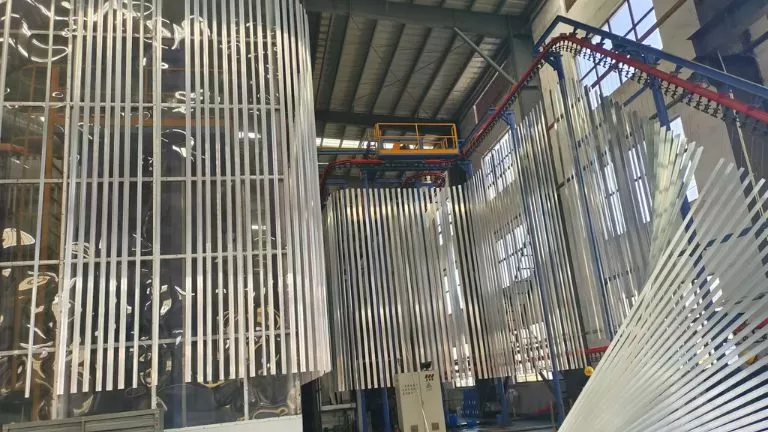
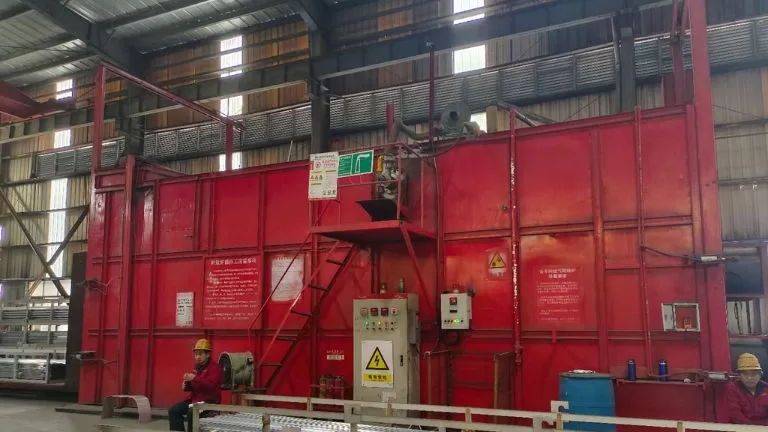

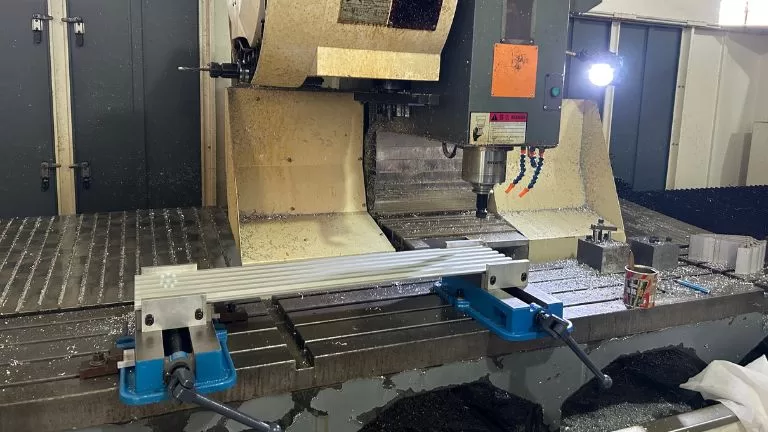
RFQ of Extruded Aluminum Picket Railing
Confirm Safety Standards:
- Ensure picket spacing and railing height comply with local building codes (such as China’s “Regulations on the Administration of Safety Glass in Buildings” or U.S. ASTM standards).
Match Architectural Style:
- Use traditional spear-top pickets for classic homes.
- Choose flat-top or rodless designs for modern buildings.
Select Appropriate Surface Finish:
- For outdoor use, prioritize powder coating or anodizing for enhanced durability.
- For indoor applications, consider wood grain or brushed metal finishes.
Installation Methods:
- For ground installation, anchor posts securely to concrete bases.
- For wall mounting, attach rails directly to the wall using expansion bolts.
The primary aluminum alloys used for extrusion belong to the 6xxx series, specifically 6061, 6063, 6060,6082 and 6066. These alloys are highly favored due to their excellent extrudability, good mechanical properties, and corrosion resistance.
- 6061: A versatile alloy with higher strength, suitable for structural and transportation applications.
- 6063: Known as the “architectural alloy,” it offers excellent surface finish and is widely used for decorative and structural purposes.
- 6060: Similar to 6063 but with slightly lower strength, ideal for intricate and thin-walled profiles.
- 6066: A high-strength alloy within the 6xxx series, often used in more demanding structural applications.
- 6082: A strong alloy with better mechanical properties compared to 6061 and excellent corrosion resistance, commonly used in high-load structural applications and in marine environments.
The 7xxx series alloys, such as 7075, are used in applications requiring extremely high strength and performance, such as aerospace and high-end engineering projects. However, they have lower corrosion resistance when compared to 6xxx alloys and are therefore less commonly used for general extrusion applications.
While 1xxx, 3xxx, and 5xxx series alloys can be extruded, they are generally used infrequently for extrusion due to their lower strength or other limitations compared to 6xxx and 7xxx alloys. These series are mainly used in specialized applications. Additionally, if extrusion products from these series are requested, higher minimum order quantities (MOQ) are typically required for custom production, as their demand is relatively low.
The heat treatment of aluminum extrusions determines their mechanical properties, strength, and suitability for specific applications. Among the various heat treatment methods, T5, T6, and T66 are the most commonly used. Here’s an in-depth look:
| Heat Treatment State | Cooling Method | Strength | Key Features and Benefits | Applications |
|---|---|---|---|---|
| T5 | Air cooling (fan) | Moderate | Adequate strength, good dimensional stability, used for architectural purposes. | Windows, doors, curtain walls, building structures. |
| T6 | Water quenching (fast) | High | Higher strength and hardness, ideal for industrial and structural uses. | Automotive, aerospace, machinery, transport parts. |
| T66 | Water quenching (fast) | Very high | Optimized mechanical properties for higher strength and performance demands. | Automotive, rail transportation, high-end machinery. |
Other Heat Treatment States
- T4: Solution heat-treated and naturally aged. Used in applications requiring intermediate strength and enhanced formability.
- T7: Overaged for better stress-corrosion resistance, often used for aerospace and marine purposes.
- O (Annealed): Very soft condition suitable for extensive forming or bending requirements.
- F (As-Fabricated): No heat treatment applied, used in non-critical applications with low strength requirements.
Aluminum extrusions undergo various surface treatments to enhance aesthetics, corrosion resistance, and functionality. Here are the common surface treatment methods used in the industry:
Main Surface Treatment Methods
Anodizing (Oxidation)
- Process: A controlled electrochemical process that forms a protective oxide layer on the aluminum surface.
- Features:
- Provides a durable, corrosion-resistant, and environmentally friendly finish.
- Produces a metallic finish with a variety of natural tones (e.g., silver, black, bronze).
- Improves surface hardness and protects against scratching.
- Applications: Architectural frames, decorative profiles, heat sinks.
Electrophoresis Coating (E-Coating)
- Process: After anodizing, the aluminum is coated with paint using an electrochemical process.
- Features:
- Enhances corrosion resistance and offers a smooth, glossy finish.
- Provides more color and texture variation compared to anodizing alone.
- Applications: Furniture profiles, indoor architectural components.
Powder Coating
- Process: Electrostatic application of powder paint, followed by curing under high temperature to form a solid coating.
- Features:
- Wide variety of colors and textures.
- Excellent weather resistance and corrosion protection.
- Cost-effective and highly versatile.
- Applications: Outdoor frames, fences, railings, general industrial use.
PVDF Coating (Polyvinylidene Fluoride)
- Process: A specialized fluoropolymer coating is applied in multiple layers, commonly over a pretreated surface.
- Features:
- Exceptional weather resistance and UV stability.
- Highly durable, resistant to fading, chalking, and chemical damage.
- Ideal for long-term outdoor use.
- Applications: Curtain walls, high-performance architectural facades.
Wood Grain Transfer Printing
- Process: A heat-transfer printing process that applies a wood grain effect onto a pre-coated aluminum surface.
- Features:
- Mimics the appearance of wood while retaining aluminum’s durability.
- Lightweight and weather-resistant alternative to natural wood.
- Applications: Furniture, decorative coverings, outdoor panels.
Film Lamination
- Process: Adhesive application of a protective or decorative film onto the aluminum surface.
- Features:
- Provides a glossy, textured, or patterned finish.
- Often used for applications requiring specific textures like marble or leather effects.
- Applications: Interior decor, windows.
Pre-Treatment Processes
Prior to surface treatment, the aluminum surface can be pre-processed for specific textures or finishes:
Brushing/Polishing
- Removes surface imperfections and creates a smooth, reflective finish.
- Often used for decorative purposes.
Sanding/Grinding
- Produces a matte or satin finish by applying abrasives.
Shot Blasting/Sandblasting
- Sprays abrasives at high velocity to create a textured surface, often used before anodizing for a uniform appearance.
Stretching and Tension Leveling
- Straightens the aluminum profile and improves shape accuracy after extrusion.
Cost and Durability Comparison Table
| Treatment Method | Process Cost | Surface Durability | Weather Resistance | Applications |
|---|---|---|---|---|
| Anodizing (Oxidation) | Medium | Very Durable | High | Architectural frames, industrial parts. |
| Electrophoresis (E-Coating) | Medium-High | Durable | Medium | Furniture, indoor parts, decorative uses. |
| Powder Coating | Medium | Highly Durable | High | Outdoor frames, industrial fixtures. |
| PVDF Coating | High | Extremely Durable | Excellent | Curtain walls, high-end exteriors. |
| Wood Grain Printing | Medium | Moderate (topcoat dependent) | Medium | Decorative panels, furniture. |
| Film Lamination | Low-Medium | Moderate | Low | Indoor decorations, windows. |
| Brushing/Sandblasting (Pre-Treatment) | Low | Not Applicable (Preparation only) | N/A | Preparation for further treatment. |
. Anodizing (Oxidation)
- Common Colors:
Natural silver
Black
Champagne
Light bronze
Dark bronze
Gold
2. Electrophoresis Coating (E-Coating)
- Common Colors:
Black
Champagne
Light bronze
Dark bronze
Custom metallic colors
3. Powder Coating
- Colors:
Can match any color based on the RAL color chart.
Offers textures like matte, gloss, satin, and custom finishes.
4. PVDF Coating (Polyvinylidene Fluoride)
- Colors:
Also customizable using the RAL color chart.
High-end finishes with matte or glossy effects.
5. Wood Grain Transfer Printing
- Colors and Patterns:
Mimics various wood types (e.g., oak, walnut, teak, mahogany).
Custom patterns available based on provided samples.
6. Film Lamination
- Colors and Patterns:
Includes textures like marble, leather, and solid colors.
Custom finishes and patterns based on provided samples.
Pre-Treatment Options (Impact on Final Color)
- Brushing/Polishing: Produces smooth or reflective metallic surfaces.
- Sandblasting: Adds a rough, matte texture before the final surface treatment.
We provide a wide range of machining services for aluminum extrusions to meet specific requirements. These include cutting off/section removal, slotting, drilling holes, tapping threads, bending, and localized stamping to create deformations. For example, we can trim extruded profiles to custom lengths, mill precise grooves, create threaded holes for fasteners, bend profiles into specific shapes, or apply localized stamping to achieve custom forms or deformation.
In addition to these processes, we also offer TIG/MIG welding to join aluminum components for a solid structure. Furthermore, our services include assembly of common accessories, such as brackets, corner connectors, screws, hinges, end caps, and rubber seals, providing complete and ready-to-install profile solutions tailored to your project needs. This ensures that we can handle everything from simple cuts to highly customized fabrication and assembly, all with precision and efficiency.
For custom aluminum extrusion projects, we accept a variety of drawing formats, including CAD files, STEP files, and PDF files. However, for extrusions that require additional machining processes, it’s recommended to provide STEP files, as they ensure precise 3D modeling for machining accuracy.
While PDF files are acceptable, converting them into CAD drawings may result in the loss of certain details, requiring us to manually redraw the design, which could increase lead time. For the fastest and most accurate quotation, we recommend providing CAD files (e.g., DWG/DXF) and STEP files to ensure efficient design evaluation and pricing.
Mold fees are an essential part of the custom aluminum extrusion process. Since every order requires a uniquely designed mold tailored to specific requirements, these molds cannot be used for other products. Therefore, the mold fee is necessary and non-negotiable.
We require 100% upfront payment of the mold fee before mold development begins to ensure timely production. However, as a token of appreciation for your support, we offer a refund of the mold fee or equivalent discounts once the order reaches a certain production volume. Specific policies can be discussed based on your order volume and collaboration details.
Our minimum order quantity (MOQ) varies depending on the size of the product. For smaller-sized products, the MOQ is typically 500kg, while for larger-sized products, it is 2 tons.
We will specify the exact MOQ requirements during the quotation process. If your order quantity does not meet the MOQ, we can still arrange production, but an additional fee will be applied to cover mold preheating and production setup time. Rest assured, this extra fee will be reasonable, and we aim to keep it as minimal as possible to ensure smooth cooperation.
Packaging can be customized according to your needs. Options include using protective film or paper to separate and protect the surface, or foam film for additional surface protection. Products can be palletized or packed into cartons, and the quantity per pallet or carton can be specified by the customer.
The standard packaging involves bundling several pieces together with plastic wrap and then securing them onto pallets. Any packaging requirements beyond the standard will be accommodated, and the associated costs will be clearly provided to the customer.
Mold production typically takes 7 days. After the sample is confirmed, producing a full container load of 26 tons generally requires 14 days for extrusion alone. If surface treatment is required, an additional 3 days will be needed. For machining, extra time will be required depending on the complexity and volume of the machining work. The exact additional time for machining will be determined based on the specific processing requirements.
Aluminum profiles are naturally corrosion-resistant due to the formation of a thin, protective oxide layer when exposed to air or water. This oxide layer is stable and self-repairing, meaning that even if the surface is scratched or cut (such as at exposed ends or during processing), the aluminum will not rust or corrode like iron or steel. Instead, the exposed areas will quickly form a new oxide layer, providing continuous protection against further oxidation.
With proper design, installation, and maintenance, aluminum profiles can last for decades, even in challenging environments. For example, untreated aluminum can easily withstand 20-30 years in outdoor applications, while profiles with surface treatments like anodizing or powder coating can last even longer, often exceeding 50 years. This makes aluminum an excellent choice for applications where durability and long-term performance are essential.
The price of aluminum profiles consists of several components: raw material costs, extrusion processing fees, surface treatment fees, machining costs, and additional packaging fees. Among these, the cost of aluminum as a raw material tends to fluctuate frequently, while other fees remain relatively stable. Due to these fluctuations, our quotations are typically valid for 7 days.
Pricing can be structured in different ways depending on the product and requirements. It can be calculated by weight (e.g., cost per ton), by length (e.g., cost per meter), or by piece (e.g., cost per unit). For products involving extensive machining, such as heat sinks, pricing is generally calculated on a per-piece basis to accurately reflect the additional processing costs. This flexible pricing approach ensures the quote is tailored to the specific needs of the customer.
We can manufacture aluminum profiles in compliance with technical requirements that meet European standards (EN), American standards (ASTM/AA), or other standards as specified by the customer. Custom production is tailored to ensure that the profiles meet the specific standard requirements requested.
Our production equipment is designed for the metric system. If the drawings provided are in the imperial system, we will convert them into metric units for production to ensure accuracy.
It is important to note that while we can machine imperial-threaded holes for fasteners, if you require us to supply matching imperial fasteners, they may not always be available in stock. Custom orders for imperial fasteners typically require a large volume for production. Please consider this when planning your project.
